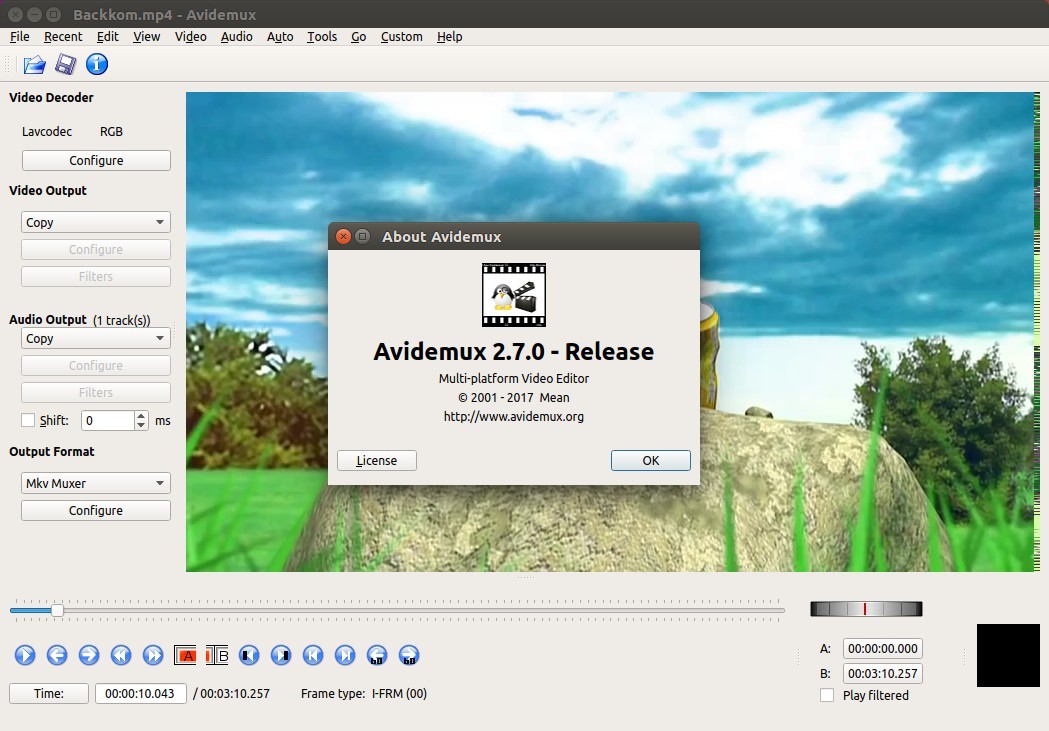

This is usually a good thing, but since our apps were never meant to run on a Mac we have to circumvent this. In order for this to work, we have to disable Gatekeeper which is a MacOS security layer that only allows us to run apps Apple approved. After installing HomeBrew and using it to install Wine, we will use Wine to run Avidemux 2.5.6.


In order to install it we need to download HomeBrew, which is a package manager – basically a repository of open source software you can install from the command line, which automates many tedious setup steps (more info here). Wine enables us to run Windows executables in Linux – like OSes (including MacOS). Since we need an old version of the software for datamoshing purposes, and newer versions of MacOS no longer support running it, we need to use Wine (more info here). This is a rundown on how to install Avidemux 2.5.6 on a Mac.


 0 kommentar(er)
0 kommentar(er)
